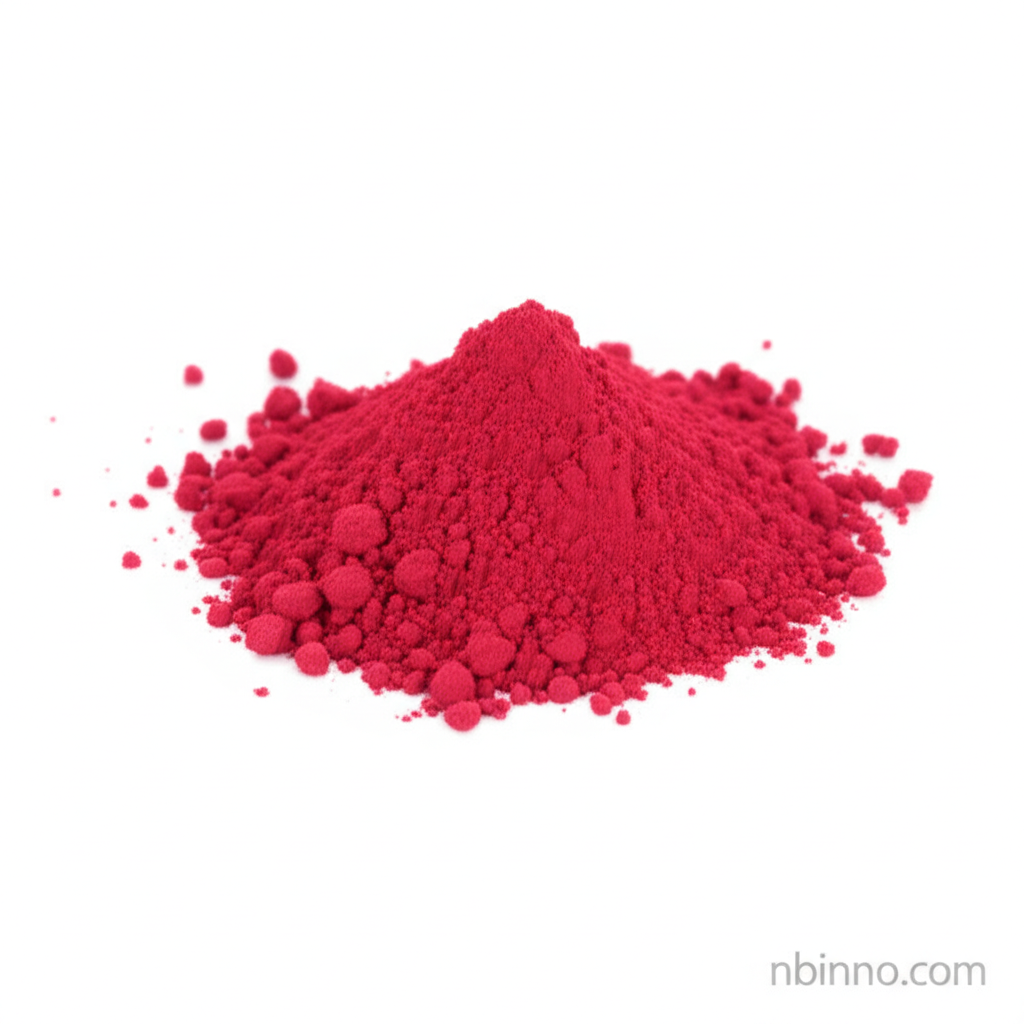Acid Red 118: Vibrant Synthetic Dye for Textiles and Food Applications
Discover the versatile applications and key properties of Acid Red 118, a prominent synthetic dye.
Get a Quote & SampleProduct Core Value

Acid Red 118
Acid Red 118 is a synthetic azo dye renowned for its vibrant red hue. It is extensively employed in the textile industry for dyeing a variety of fibers including cotton, wool, and silk, owing to its excellent colorfastness and brilliant shade. Furthermore, its application extends to the food industry as a coloring agent in products such as confectionery, beverages, and canned fruits, enhancing their visual appeal.
- Explore the various Acid Red 118 uses in industries like textiles and food production.
- Understand the chemical properties of this prominent synthetic azo dye.
- Learn about the significant role of Acid Red 118 in textile dyeing processes.
- Investigate the use of Acid Red 118 as a food coloring agent and its regulatory considerations.
Key Advantages
Vibrant Coloration
This acid dye for cotton, wool, and silk provides a brilliant and attractive red color, significantly enhancing product aesthetics.
Industry Versatility
Its dual application in both the textile industry and the food industry showcases its broad utility and adaptability across different sectors.
Color Stability
The dye offers good colorfastness, ensuring that the vibrant shade remains consistent and durable, a crucial factor in synthetic dye applications.
Key Applications
Textile Dyeing
As a key acid dye for cotton, wool, and silk, it provides consistent and vibrant red coloration for fabrics used in apparel and home furnishings.
Food Coloring
In the food sector, Acid Red 118 as a food coloring agent is used to give a visually appealing red tint to various food items, contributing to consumer appeal.
Chemical Intermediate
Beyond its direct applications, it can serve as a chemical intermediate in the synthesis of other specialized chemical compounds.
Research and Development
Its well-defined CAS 12217-35-5 dye properties make it a subject of interest in R&D for new colorant formulations and applications.
